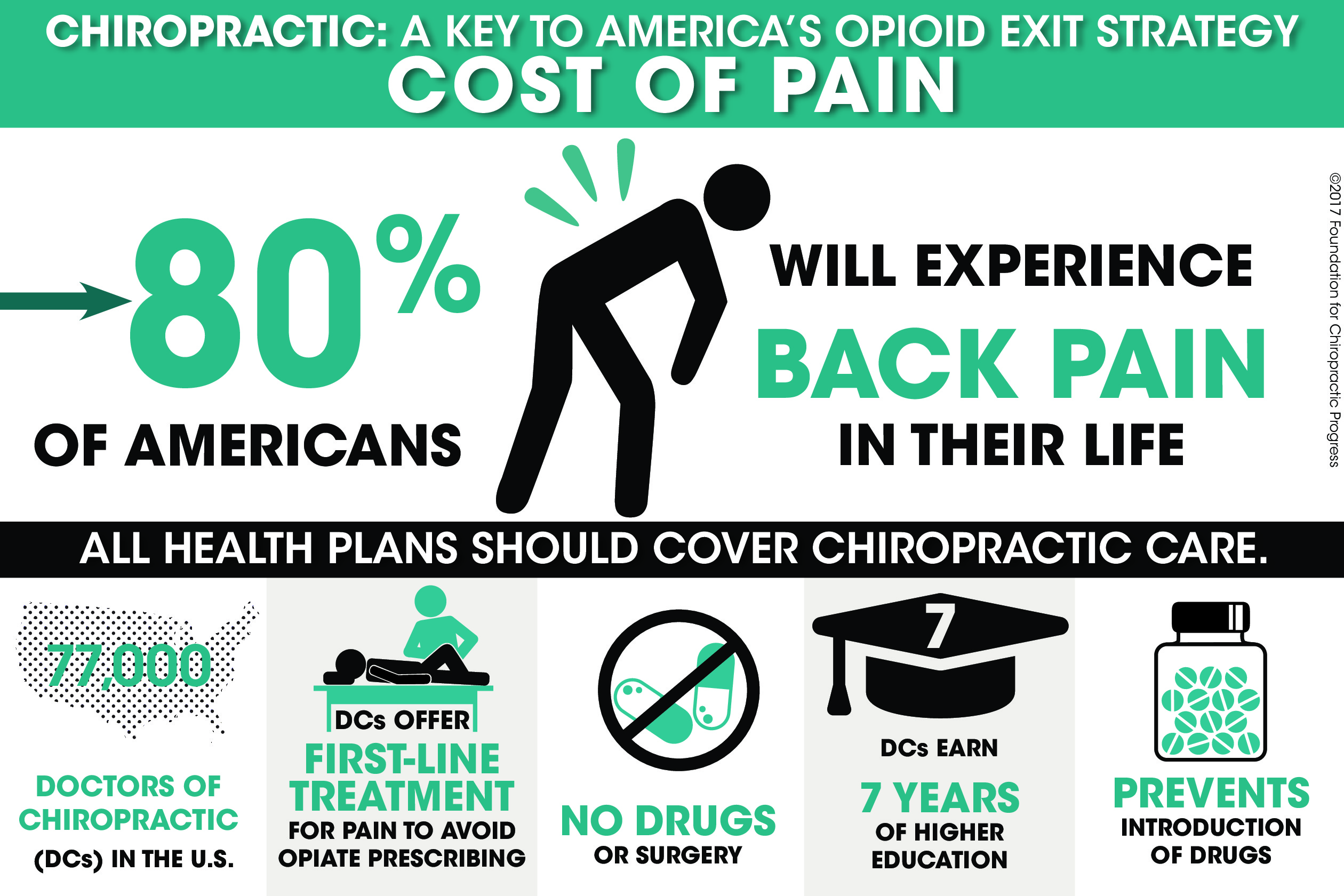The Mechanics And Consequences Of Cold Laser Therapy: Revealing The Scientific Recognizing
The Mechanics And Consequences Of Cold Laser Therapy: Revealing The Scientific Recognizing
Blog Article
Web Content Composed By-Benson Hutchison
You may have become aware of cold laser therapy as an appealing treatment option for various problems, but have you ever questioned exactly how it really works on a cellular level? Understanding the systems behind this treatment can clarify its efficiency in promoting healing and decreasing swelling. By discovering the scientific research behind cold laser treatment, you'll obtain insights right into the interesting ways in which light can influence mobile procedures and assist in tissue repair work.
How Cold Laser Treatment Functions
To comprehend just how cold laser treatment works, you need to comprehend the basic principles of how light power communicates with organic cells. Cold laser treatment, likewise referred to as low-level laser therapy (LLLT), uses particular wavelengths of light to permeate the skin and target underlying tissues. Unlike red light contour therapy made use of in procedures, cold lasers discharge reduced levels of light that do not produce warmth or create damage to the tissues.
When these gentle light waves reach the cells, they're soaked up by parts called chromophores, such as cytochrome c oxidase in mitochondria. This absorption triggers a collection of organic reactions, consisting of raised mobile energy production and the launch of nitric oxide, which boosts blood circulation and minimizes swelling.
Moreover, the light energy can also stimulate the manufacturing of adenosine triphosphate (ATP), the energy currency of cells, assisting in cellular fixing and regrowth processes.
Basically, cold laser therapy takes advantage of the power of light power to advertise recovery and relieve pain in a non-invasive and gentle manner.
Devices of Activity
Exactly how does cold laser therapy actually work to generate its restorative effects on organic tissues?
Cold laser treatment, also referred to as low-level laser treatment (LLLT), runs through a procedure known as photobiomodulation. When the cold laser is put on the skin, the light power permeates the tissues and is absorbed by chromophores within the cells.
https://www.steamboatpilot.com/news/chiropractor-retires-after-42-years-of-local-service/ , such as cytochrome c oxidase in the mitochondria, are then boosted by the light energy, causing a cascade of organic responses. One vital system of activity is the enhancement of cellular metabolic process.
The taken in light energy enhances ATP manufacturing in the mitochondria, which is essential for cellular function and repair work. Additionally, cold laser treatment helps to minimize swelling by hindering inflammatory conciliators and promoting the launch of anti-inflammatory cytokines.
This anti-inflammatory impact contributes to pain alleviation and cells recovery.
Healing Results
Understanding the restorative impacts of cold laser therapy includes identifying how the enhanced mobile metabolic rate and anti-inflammatory buildings contribute to its favorable end results on organic tissues.
When the cold laser is related to the affected area, it boosts the mitochondria within the cells, causing enhanced production of adenosine triphosphate (ATP), which is important for cellular feature and repair service. This increase in mobile power speeds up the recovery procedure by promoting tissue regrowth and minimizing inflammation.
Moreover, the anti-inflammatory properties of cold laser treatment help to decrease pain and swelling in the targeted location. By hindering inflammatory conciliators and advertising the launch of anti-inflammatory cytokines, cold laser treatment help in easing discomfort and improving the overall recovery feedback.
This decrease in swelling not just gives instant relief but additionally sustains long-lasting tissue repair work.
Final thought
In conclusion, cold laser therapy functions by promoting mobile repair and tissue regrowth via photobiomodulation. Its anti-inflammatory residential properties offer discomfort alleviation and minimize swelling by preventing inflammatory conciliators.
This therapy uses a detailed technique to healing, supplying both immediate relief and long-term tissue repair advantages.
Through its mechanisms of activity, cold laser treatment shows to be an effective and appealing treatment choice for a range of conditions.
